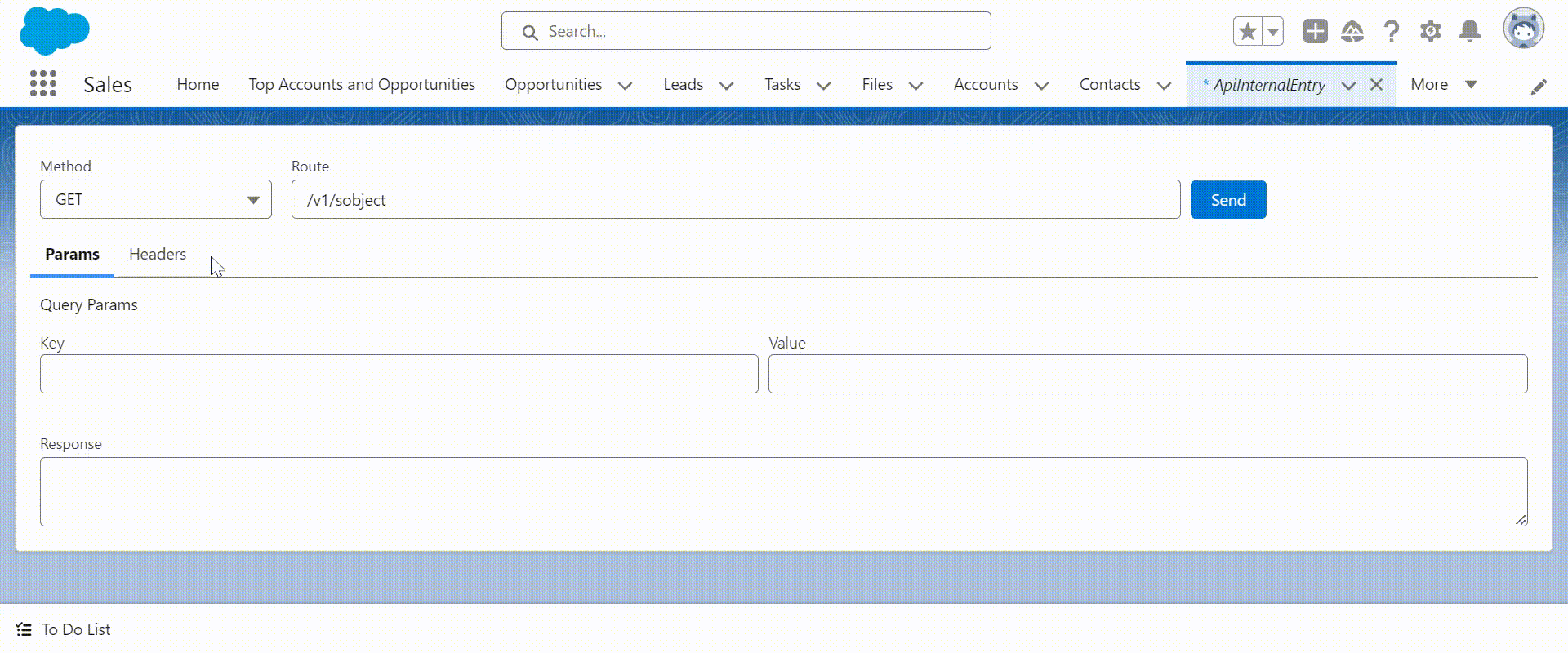What is API
API stands for Application Programming Interface. It is set of protocols which does enable the data to transfer on different softwares to communication and able to meet user needs. It's essentially a messenger that allows different software programs to communicate and exchange data with each other. Think of it like a waiter in a restaurant, taking your order (request) to the kitchen (system) and bringing you the food (response).
Here is break down, how does API work-
Component involves:
Client - This initiates the request for data or functionality. It could be website, mobile app and event another program.
Server - This is the application or system that provide the data or functionality request by the client.
API - This act like middleman which is receiving the request from the client and deliver it to the server. It also processes the response from the server and send back it to the client.
API request-response cycle:
- User interaction: The user interacts with the client application (e.g., clicking a button on a website).
- Client makes a request: Based on the user interaction, the client application sends a request to the API. This request specifies what data is needed or what action needs to be taken.
- API sends request to server: The API receives the request from the client and forwards it to the server.
- Server processes request: The server receives the request and processes it. This could involve accessing data from a database, performing calculations, or triggering an action.
- Server sends response: The server sends a response back to the API containing the requested data or an indication of whether the action was successful.
- API sends response to client: The API receives the response from the server and sends it back to the client application.
- Client displays response: The client application receives the response and uses it to update its user interface or perform other actions.
API Result:
I hope this blog helped you!
